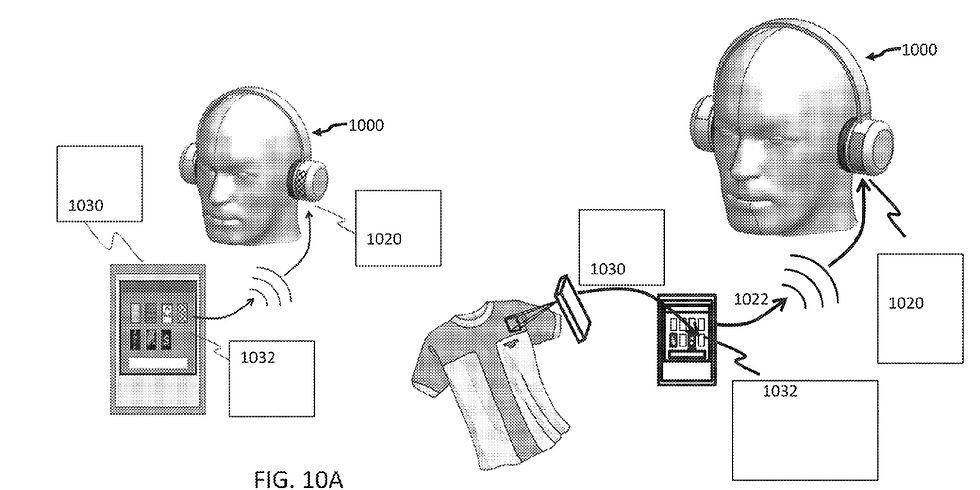You Can’t Trademark Function: What the Rubik’s Ruling Means for IP Owners
- eclough0
- Jul 28
- 2 min read
Trademark protection stops where functionality starts.
Know where that line is.
On July 9, 2025, the European General Court delivered a sharp reminder about the limits of trademark law: you can’t use trademarks to monopolize a functional design.
The ruling invalidated the EU shape marks protecting the iconic Rubik’s Cube, clearing the way for competitors to manufacture and sell similar 3D puzzles.
While Rubik’s Cube is a globally recognized product—and certainly a cultural icon—the Court found that its cube shape and grid structure serve a functional purpose and are therefore not eligible for trademark protection under EU law.
Trademark law protects indicators of the object’s commercial origin—not product features needed to make the item work.
What Was at Stake?
Rubik’s owner—Canadian toymaker Spin Master— had filed EU trademarks for the cube’s: (a) overall cube shape; (b) black grid that separates each face into nine smaller squares; and (c) six colors on the sides.
But the court said these elements are essential to the puzzle's function — the cube rotates along those black lines, and the color pattern is what makes the puzzle solvable. Since those features are necessary to operate and solve the cube, they cannot be owned as trademarks.
This Isn’t Just About Toys
Rubik’s is the latest in a series of high-profile 'shape' trademark cases where courts drew the line at functionality: Lego failed to protect its brick design because the studs were functional, and in Philips v. Remington, an EU court invalidated Philip's trademark based on its 3-head shaver—citing the functionality issue.
Rubik’s Decision Mirrors U.S. Trademark Law
The EU court's decision is consistent with American trademark juris prudence. In April 2024, shoemaker Timberland’s attempt to trademark the stitching, eyelets, and color of its famous work boots was shot down by a federal appeals court. The court said that those parts of the boot are functional or too ordinary, and not distinctive enough to merit trademark protection.
Timberland and Rubik share a key message: trademarks cannot be used to protect aspects of a design that are necessarily functional.
Takeaway
Function = No Trademark
If the design element is essential to how your product works, then it’s ineligible for trademark protection.
Final Word
Rubik’s Cube is a reminder: trademark law isn’t a shortcut to perpetual design protection.
Functionality is a hard stop. If your brand’s identity depends on the shape of your product, make sure that shape is decorative or distinctive—not essential to how it works.
Want to future-proof your brand? Audit your trademark portfolio and make sure you’re not mistaking functional features for distinctive ones.




